Those looking to buy outdoor gear like down vests, raincoats, or fleece jackets are bound to have made a choice between Patagonia or The North Face products. With instantly recognizable logos, these two powerhouses are among America’s most renowned manufacturers of cold weather apparel – and that’s precisely why they’re often compared with one another.
However, determining which one of these two outdoor clothing brands is better is all but easy. Both have been around for quite some time and both produce similar ranges of gear, especially when it comes to jackets. The differences start to appear only after you’ve taken a closer look at the specific details of a particular product – style, functionality, comfort, features, and material quality.
To help you better understand these differences, we’re going to pit these famous brands in a head-to-head matchup. Once we take a brief look at the history of each brand and its business practices, we’ll move on to The North Face’s and Patagonia’s most popular offerings and analyze their key features.
Related: Patagonia vs Columbia
So, if you’re unable to decide if it will be The North Face or Patagonia then keep reading. The following will help you determine which one of them offers products and features that are more up your alley.
Overview of Patagonia Clothing
History & Values
Patagonia’s roots date all the way back to 1957 when a young climber called Yvon Chouinard started making and selling his very own climbing gear. In just a little over a decade, Chouinard Equipment became one of America’s biggest suppliers of climbing gear. It wasn’t until the early ’70s that the company expanded into outdoor apparel and changed its name to Patagonia.
Patagonia’s secret to success is quite simple. The company managed to build a loyal following by manufacturing and selling authentically high-quality products. Nowadays, it is among the world’s most renowned outdoor gear brands and one that’s often recommended to individuals shopping for premium outdoor gear.
On the other hand, when it comes to environmentalism, the company prides itself on its activist initiatives. For more than thirty years, Patagonia has been donating a part of its profits to all kinds of environmental movements and organizations. They even have an educational platform – Patagonia Action Works – whose goal is to promote the preservation of nature.
In addition, their “Worn Wear” reuse program has been established to discourage people from always purchasing brand-new products. Furthermore, a major portion of Patagonia’s apparel is made from recycled fabrics, and they’re using only traceable and responsibly sourced down for all their down products.
Materials & Manufacture
As one of the most renowned manufacturers of hiking equipment, Patagonia uses only the highest quality fabrics to make its jackets and vests. As expected, this is often reflected in the price tags that accompany their products (more on that later).
Just like its competitor, Patagonia uses Gore-Tex in some of its outfits. However, its engineers have managed to come up with their own, proprietary waterproof fabric – H₂No. Typically made of a breathable membrane and a water-repellent shell, this fabric comes in three variants that vary in breathability and durability.
The durable water repellent finish also deserves a mention, as it is used in many of Patagonia’s waterproof garments. Called the Deluge® DWR coating, this special water-repellent treatment is longer-lasting than similar technologies and as such requires fewer reapplications.
Apart from using premium quality materials, Patagonia is well-known for utilizing the so-called “24 Killer Wash” testing process. In simple terms, this is a procedure in which the fabrics are exposed to harsh conditions. The fabrics that pass this test acquire the H₂No Performance Standard Status, i.e. they are proven to be highly durable and fully waterproof.
Prices & Warranty
When compared to The North Face products, Patagonia’s gear and apparel tend to cost more, with an average jacket coming with a price tag of ~$130 and more.
However, by purchasing products made by this company, you know you’re spending money on premium quality. And, as we said, you’re also supporting an outdoor clothing brand that donates a part of its profits to various environmental efforts.
Patagonia offers something called the “Ironclad Guarantee” when it comes to warranty. It’s a simple business practice that allows unsatisfied customers to return the products they bought for refund, replacement, or repair. The “Ironclad Guarantee” does not cover regular wear and tear, but offers repairs at reasonable prices.
Overview of The North Face
History & Values
Named after the coldest side of a mountain, The North Face’s roots go all the way back to the 1960s. It was founded by Douglas and Susie Tompkins, a couple from San Francisco who had a passion for the great outdoors. Their beginnings were humble – the couple started selling climbing and camping equipment from a small retail store.
In the next couple of decades, the brand experienced a lot of highs and lows. For example, The North Face had its big break in the ‘90s, when its Nuptse Jacket became extremely popular on the other side of the country – in New York City. However, the brand also filed for bankruptcy several times and was even caught in fraudulent accounting.
Ever since it was acquired by the VF Corporation in 2000, the company’s revenue has been steadily increasing. Nowadays, it’s one of the most popular outdoor clothing brands in the United States, as well as globally – it’s a favorite of millions of sportsmen and outdoor enthusiasts.
When it comes to sustainability, one of the brand’s most well-known efforts is the Explore Fund, which provides grants to organizations that do their best to protect the environment. In addition, the products from one of the company’s most popular apparel ranges, The North Face ThermoBall Collection Eco, are made exclusively from 100% recycled synthetic materials.
Materials & Manufacture
As we said above, the brand is well-known for using recycled synthetic materials. When it comes to organic materials like down or cotton, The North Face makes sure that these are sourced responsibly and ethically, with the goal of minimizing environmental impact.
Just like many other jacket manufacturers, The North Face also uses various durable water repellent treatments. Unfortunately, some of the brand’s DWR finishes contain harmful chemicals, but the company’s engineers are actively working to replace these with PFC-free alternatives.
Those familiar with The North Face products are well-aware of how the company uses a number of specialized fabric technologies. Besides Gore-Tex, which is used by many other apparel brands (including Patagonia), The North Face also uses its own waterproof fabric – DryVent. Available in a couple of different variations, DryVent is water-repellent and fully windproof, but also considerably breathable.
Related: Omni-Tech vs Gore-Tex Technology
Other proprietary technologies worth mentioning are WindWall (a wind-resistant fabric) and FlashDry (a highly breathable fabric). In addition, the already-mentioned ThermoBall collection is a result of the brand’s partnership with PrimaLoft, a pioneer in synthetic insulation.
Prices & Warranty
While there are a number of affordable North Face jackets and vests, some of their products can cost as much as $500 and more. In other words, The North Face certainly isn’t the most budget-oriented brand out there, but it’s still a relatively cheaper option when compared to Patagonia.
This is because unlike Patagonia, which is almost entirely focused on premium apparel and gear, The North Face offers a wider range of more affordable products. However, it should still be mentioned that The North Face Jackets will almost always be very costly – these are very well-made and their manufacture requires extra steps to ensure sustainability.
In terms of the warranty, most of The North Face products come accompanied by a limited lifetime warranty. While it doesn’t cover damage caused by normal wear and tear or improper care, this warranty does cover defects in the workmanship or the materials.
Head to Head Products Comparison
The safest way to determine the main differences between these two brands is by seeing how their most popular offerings stack up head to head. We have selected the best-selling apparel pieces from trendy outerwear categories and compared them directly against each other – here are the results:
Down Jacket
A good down jacket can be a true lifesaver during the cold autumn or spring months when you need that extra bit of warmth. Besides the fact that down is significantly warmer than synthetic insulation, it also retains its shape and loft better. In addition, it’s much more compressible and weighs less – a jacket using down insulation is the lightest jacket.
The North Face Morph Hoodie
One of North Face’s best down-made models for women and men, Morph Hoodie is a genuinely fantastic down jacket.
With a shell made out of 100% nylon, this North Face jacket features a DWR finish whose job is to keep the wearer dry in wet conditions. As an insulated jacket, Morph Hoodie comes with an 800 fill goose-down insulation. This doesn’t only make it extra warm but also very lightweight and packable – it’s a perfect choice for ultralight travelers.
As the name suggests, this well-made jacket comes with an attached hood (a hoodless version is also available). In addition, it includes a hem cinch-cord that prevents the cold air from getting inside the jacket from the bottom, as well as elastic cuffs for some extra warmth.
Finally, Morph Hoodie comes with two hand pockets and a single chest pocket. All of these are equipped with reverse-coil zippers – you won’t have to worry about snagging.
Patagonia Down Sweater Hoodie
Patagonia’s answer to North Face’s Morph Hoodie is called Down Sweater Hoodie, and it’s one of the best down-made jackets available on today’s market.
Both the lining and the shell of this jacket are made out of recycled polyester ripstop. As such, they are very durable and can take a lot of beating during rugged outdoor adventures. And, as expected, both are protected from moisture by a DWR finish.
Just like the Morph Hoodie, this jacket also uses 800 fill power down as its insulation. Another similarity is the hood – it’s a very adjustable, single-pull hood that will protect your head from icy winds and rain. The model’s VISLON center front zipper, on the other hand, comes with a moisture-wicking storm flap.
Patagonia Down Sweater Hoodie also has an internal chest pocket that doubles as a stuff sack.
What Are The Differences?
Comparing Patagonia vs North Face jackets with down insulation reveals only a few differences.
While Down Sweater Hoodie uses polyester for its outer shell, the body of Morph Hoodie is made out of nylon. In addition, the hood of Morph Hoodie is not adjustable, unlike the one found on Patagonia’s jacket.
Synthetic Jacket
Some premium jackets with high-quality synthetic insulation are quite similar to the best down jackets, with the only difference being in how they protect the wearer from cold. Although heavier and less compressible, synthetic insulation is easier to clean, dries faster, and comes at a significantly lower price. In addition, it is not as prone to causing allergic reactions like down.
The North Face Thermoball Jacket
Thermoball is one of North Face’s most popular apparel ranges – there’s no doubt about that. The model we’re taking a look at here is a great example of how knowledgeable and innovative North Face’s designers and engineers can be.
This North Face jacket is a lightweight, well-insulated model with a durable nylon ripstop shell. Just like we expected, it sports a special water-repellent finish that prevents moisture from soaking the material.
And when it comes to insulation, the model utilizes PrimaLoft ThermoBall synthetic insulation. Behind this peculiar name hides a technology that works to trap as much heat as possible in order to retain warmth.
Other features worth mentioning are the elastic-bound cuffs, a hem cinch cord, and two zippered pockets. One of these pockets doubles as a stuff sack. Besides these, the Thermoball also has an inner chest pocket.
Patagonia Nano Puff Jacket
No products found.
One of Patagonia’s most popular synthetic offerings is the Nano Puff Jacket. While very protective, this model is lightweight enough that it can be used for all kinds of outdoor sports and activities. It’s some of the best Patagonia winter jackets.
The liner and the shell of Nano Puff are made out of recycled polyester ripstop, which was treated with a water-repellent coating that prevents rain and snow from soaking the jacket’s wearer. The specific insulation used in this model is called 60G PrimaLoft Gold Insulation Eco, which, as the name suggests, is mostly made out of recycled materials.
The Nano Puff comes with a garage at the chin – its job is to keep the cold metal of the zipper away from the user’s face and to reduce pinching. There is also an adjustable drop-tail hem, as well as a moisture-wicking storm flap inside the zipper.
Finally, Nano Puff features three pockets – two on the outside and one on the inside. The inner one can be used as a stuff sack.
What Are The Differences?
In the battle of the synthetic Patagonia or North Face jackets, Patagonia’s model is the winner.
Not only is it made out of recycled materials, but also sports some features that the Thermoball lacks – like the zipper garage at the chin and the drop-tail hem.
Rain Jacket
If you’re someone who loves camping in the woods or traversing miles of rugged terrain, you know how easily these activities can be ruined by pouring rain. To stay dry and warm, one has to wear a quality rain jacket. Fortunately, both of the brands we’re comparing here are well-known for making high-quality rain jackets.
The North Face Venture 2 Jacket
For outdoorsmen who often have to deal with changing weather conditions, the North Face offers Venture 2 – one of the best garments of its type on the market.
The main material used in this jacket’s manufacture is the company’s proprietary DryVent. This special nylon ripstop material is not only waterproof and windproof but also very breathable. In other words, this jacket doesn’t only keep the cold and moisture at bay but also prevents the wearer from overheating on the inside.
The seams of this impressive rain jacket are fully sealed. Moreover, it is equipped with pit zips for venting and a Velcro storm flap over the frontal zipper. The model’s cuffs, on the other hand, are Velcro-adjustable, and there is also a standard hem cinch cord.
Since it comes with two sizable hand pockets, Venture 2 can easily be stuffed into one of them. Both of the pockets are equipped with secure zips.
Related: North Face Resolve vs Venture
Patagonia Torrentshell Jacket
As the name suggests, the purpose of this splendid rain jacket is to protect its wearer from harsh weather conditions. And, as a Patagonia product, Torrentshell undoubtedly delivers in that field. In fact, we can safely say that this is a better rain jacket than any of those offered by the North Face, including Venture 2.
Patagonia Torrentshell comes equipped with a H₂No Performance Shell, which is very lightweight and made out of recycled nylon. Besides being extremely breathable and waterproof by itself, the H₂No also sports a special water-repellent finish for additional protection against rain.
There are a number of other convenient features present on Patagonia Torrentshell. For example, the model’s neck is lined with microfleece, while its 2-way adjustable hood sports a laminated visor. Both of the pockets are zippered, with one sporting a clip-in loop that allows the user to stuff the entire jacket into the pocket and attach it to their belt.
Other convenient features include the adjustable hem, hook-and-loop cuffs, zipper garage chin, and interior storm flaps.
What Are The Differences?
As we already said, Patagonia is a clear winner when it comes to rainproof jackets. Their Torrentshell Jacket sports some extra features that put it ahead of the North Face Venture 2. These include the laminated visor, microfleece-lined neck, and DWR coating.
Fleece Jacket
The last category in which we’ll compare the North Face vs. Patagonia is Fleece Jacket. This material is extremely convenient during chilly weather when you want to put something warm over your other clothes. Both Patagonia and North Face have a variety of fleece jackets to choose from, but these are their best:
The North Face Denali 2
One of the most durable products of this type in North Face’s lineup, Denali 2 is undoubtedly a worthwhile investment.
The main material used in the manufacture of this garment is recycled Polartec polyester fleece. It’s a relatively sturdy material and one that’s complemented by the special abrasion reinforcements at the chest, forearms, and shoulders. In addition, the material has been treated with a DWR coating that repels moisture.
However, The North Face Denali 2 isn’t just durable – it’s also a very comfortable piece of outdoor apparel. Some of the features that increase the level of comfort it offers to include the cinch cord at the hem and the cuffs made out of stretchy fabric. Both of these two features also help retain body heat.
The model also includes four pockets. Two of these are hand pockets and two are located at the chest area, and all four of them are zippered.
Speaking of outdoor gear, it’s interesting to observe the dynamics between other brands in the market. A classic debate that often surfaces is the Lands’ End vs L.L. Bean comparison. Both have their own strengths and loyal customer bases, showcasing the diversity and richness of choices in the outdoor apparel world.
The North Face versus Arcteryx Jackets debate is another comparison that frequently emerges. Both brands, North Face and Arcteryx, are celebrated for their unparalleled quality and pioneering designs. In a similar vein, the North Face vs Eddie Bauer comparison is also prevalent, highlighting Eddie Bauer’s enduring legacy and its comparison to the innovative designs of North Face.
Patagonia Better Sweater
Patagonia Better Sweater is one of the best jackets of its type on the market – it’s as simple as that. And, since its fleece was dyed with a special low-impact process, it’s yet another proof of how much Patagonia cares about the environment.
Almost comparable to Patagonia women’s winter coats and men’s alpine jackets in terms of cold protection and comfort, Better Sweater comes with raglan sleeves for less chafing and increased comfort. The model’s inner fleece, on the other hand, has moisture-wicking properties and successfully keeps the sweat at bay.
The frontal zipper of Better Sweater goes all the way up to one’s chin, while its bottom hem and cuffs have been trimmed in an abrasion-resistant micro-polyester jersey. This doesn’t only help maintain the shape but also adds extra comfort.
Last but not least, this fleece jacket comes with three pockets – one zippered chest pocket and two zippered hand-warmer pockets.
What Are The Differences?
Comparing in terms of fleece jackets is a battle without a clear winner. While Patagonia’s model reduces chafing and is made in an environmentally conscious way, The North Face’s Denali 2 model comes with an extra pocket and added abrasion reinforcements.
The Verdict North Face vs Patagonia – Who Makes the Best Outdoor Gear?
Generally speaking, the North Face is a brand with a wider product range. Their apparel comes with lower price tags, and, as far as we’re concerned, is aimed towards being more fashionable.
It’s quite easy to see that Patagonia has the upper hand when it comes to technical performance and functional gear. While not as sleek-looking, their jackets are more durable and also adjust to movement a lot better than the ones made by The North Face.
For that matter, it all comes down to your personal preferences, and if you can live with a pricy brand. You won’t make a mistake by going with either of these brands – both offer waterproof and lightweight insulated jackets that are guaranteed to keep you warm and protected. However, if you’re a bit more serious about your outdoor adventures and ready to pay for the best of the best, Patagonia is the way to go.
Read also:

I love hiking, backpacking, and camping. From the Camino de Santiago to the West Highland Way in Scotland or simply a great day hike on the weekend. Hiking refreshes me, my mind, and keeps my body reasonably fit. So far I have walked three Camino routes and many other long distance hikes in the UK, Canada, and around the rest of Europe. One of the best was my hike up Ben Nevis.

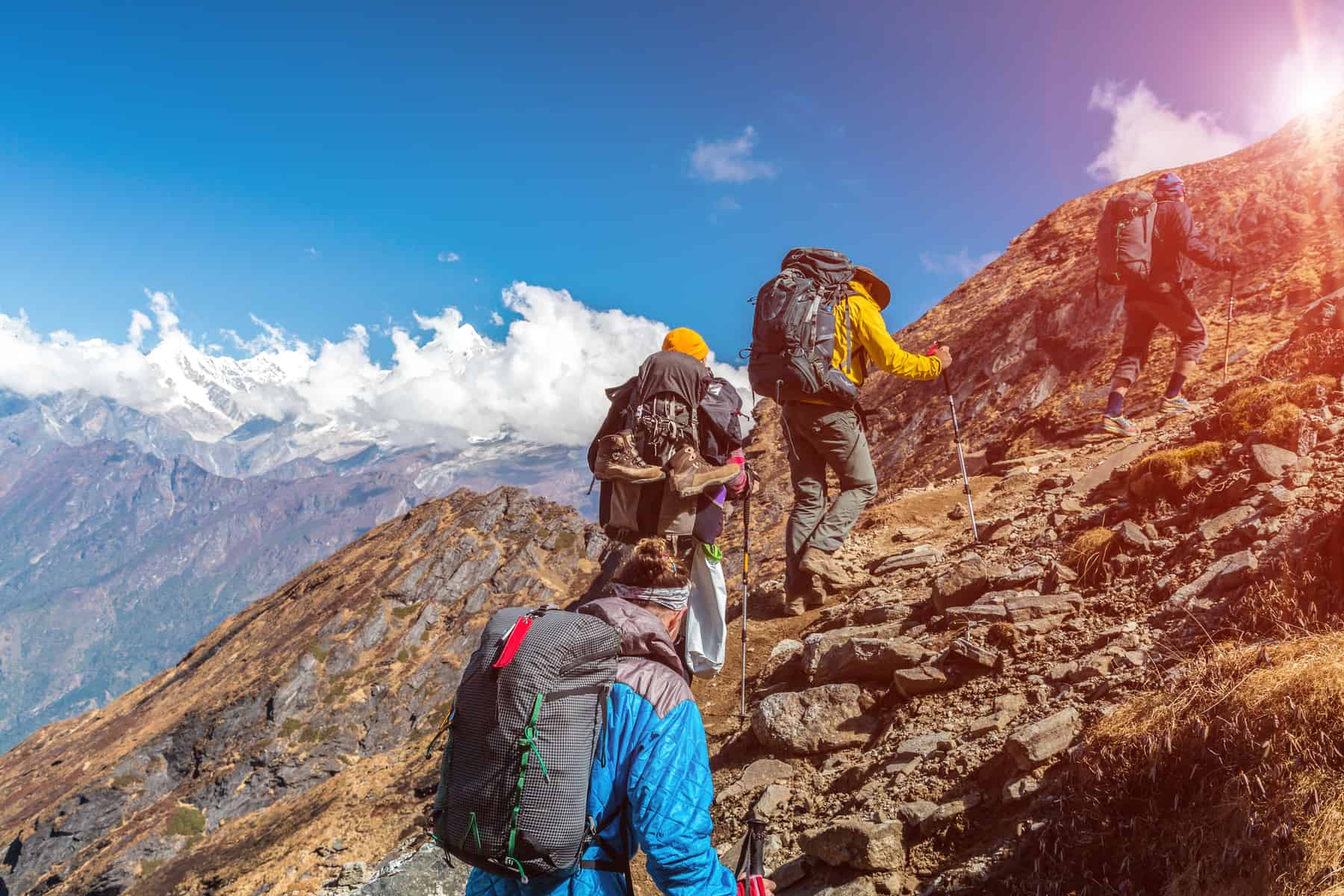
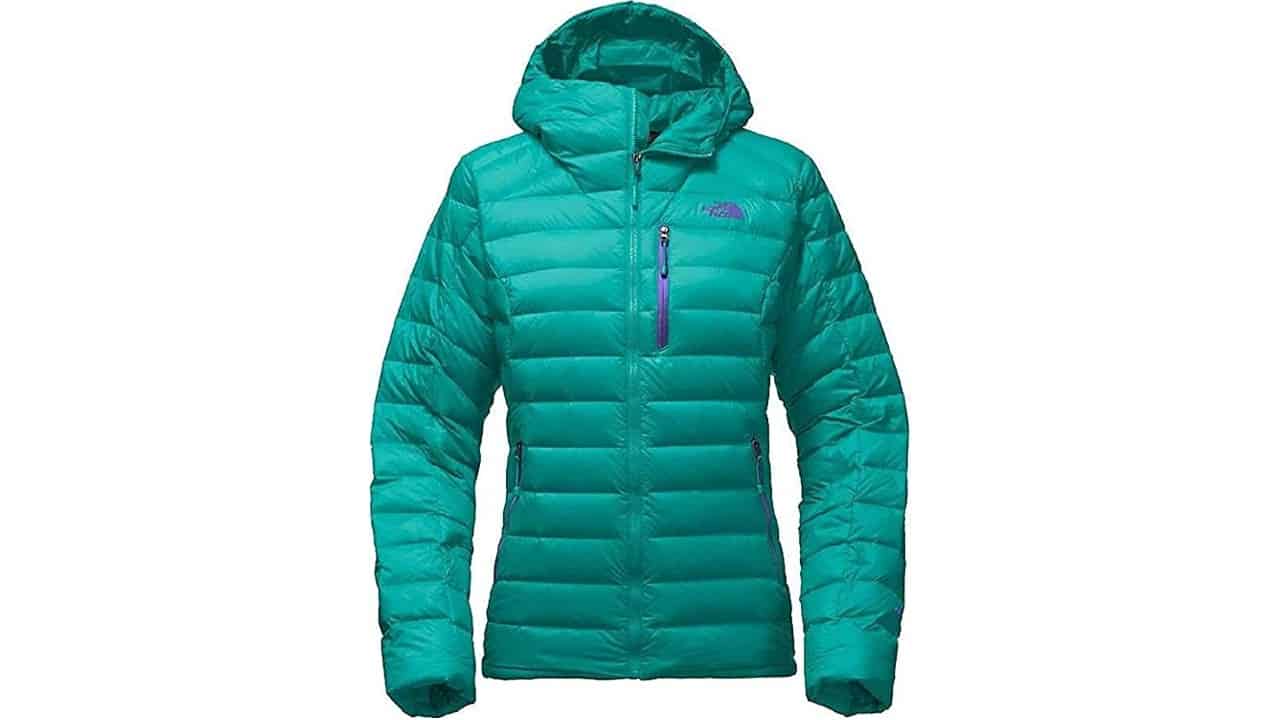
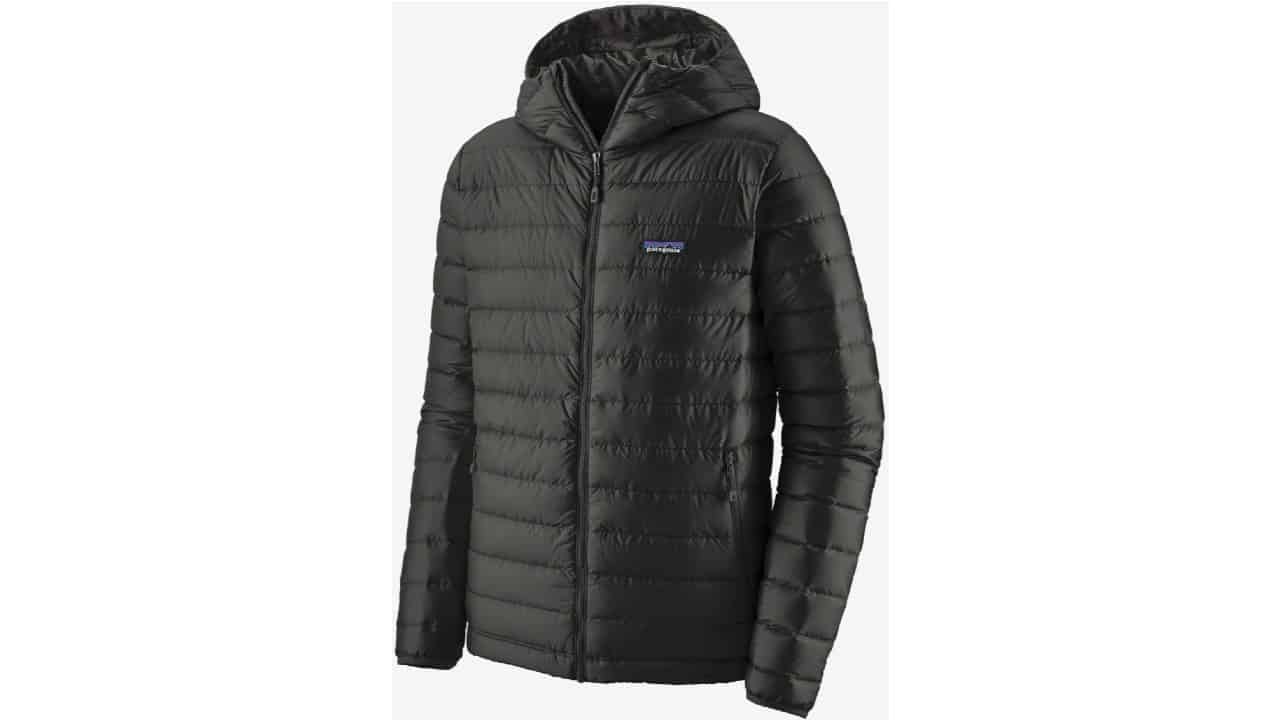
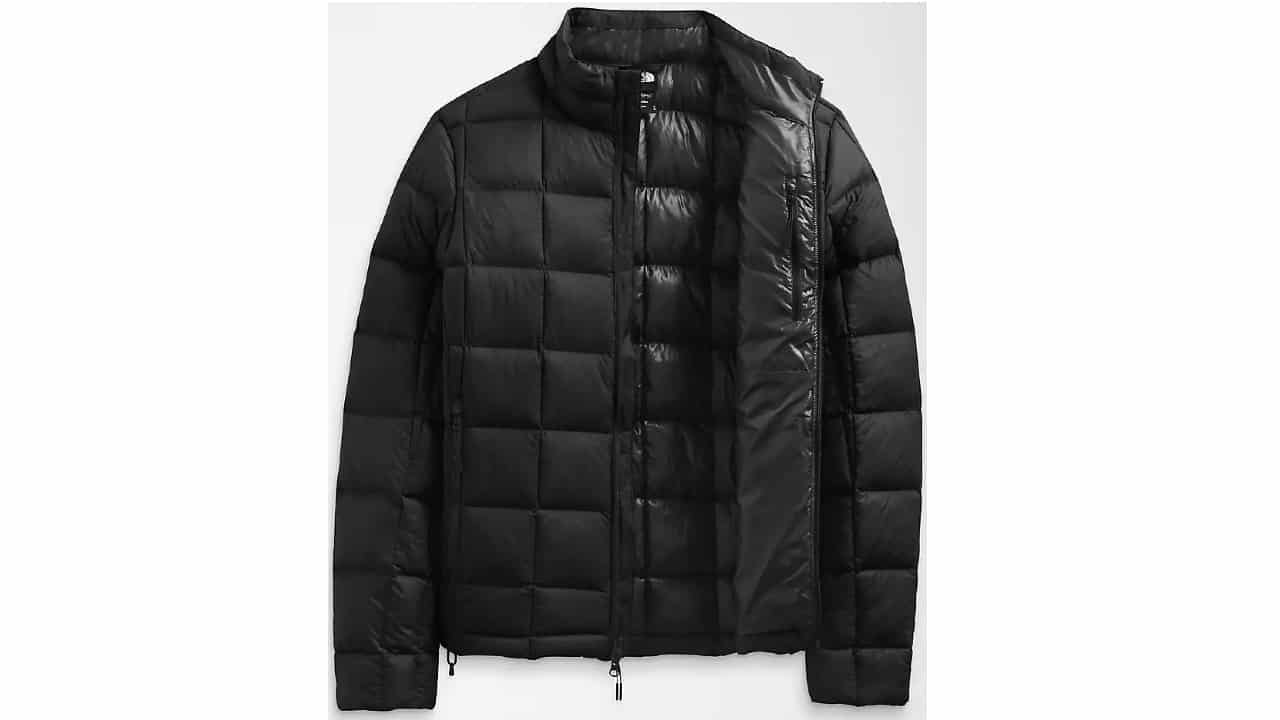
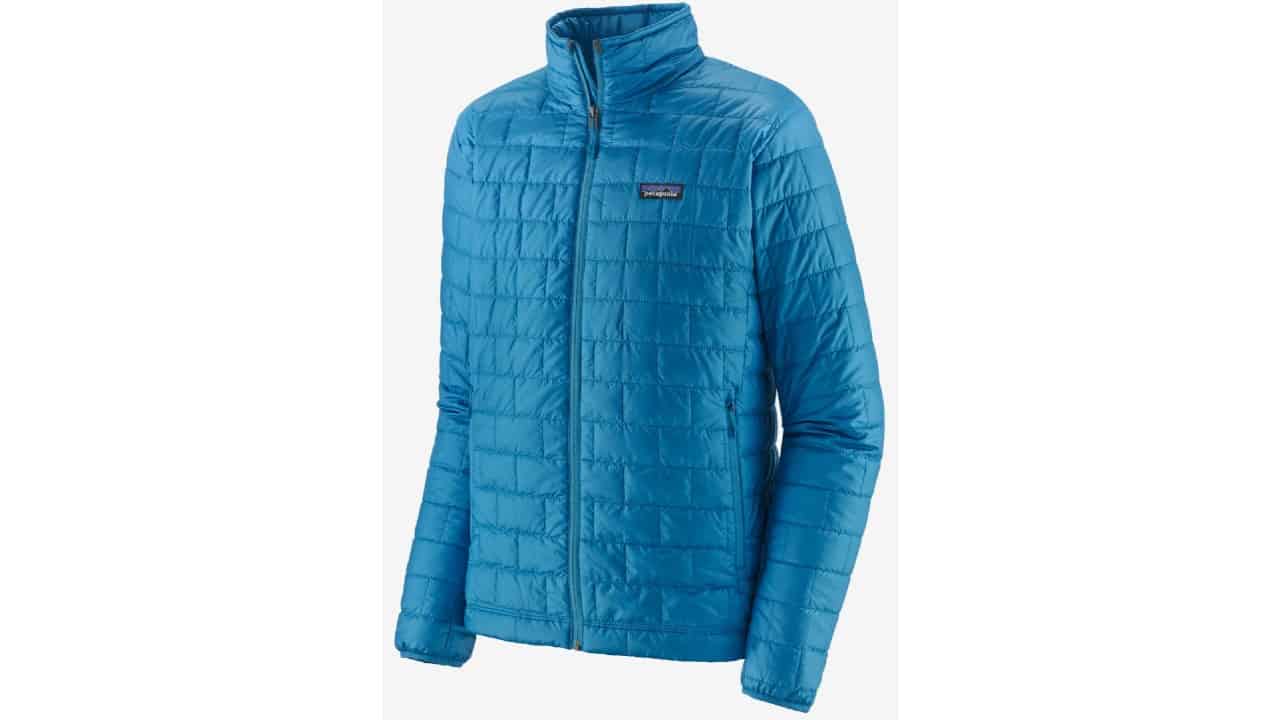
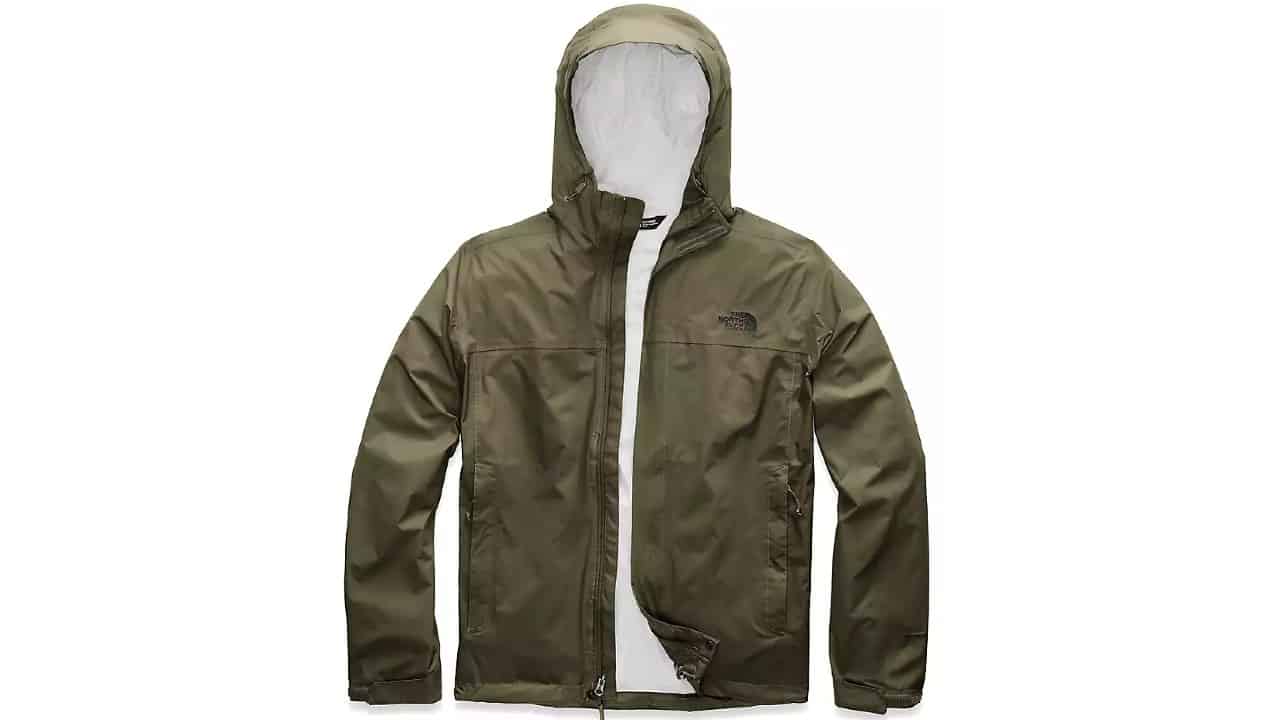
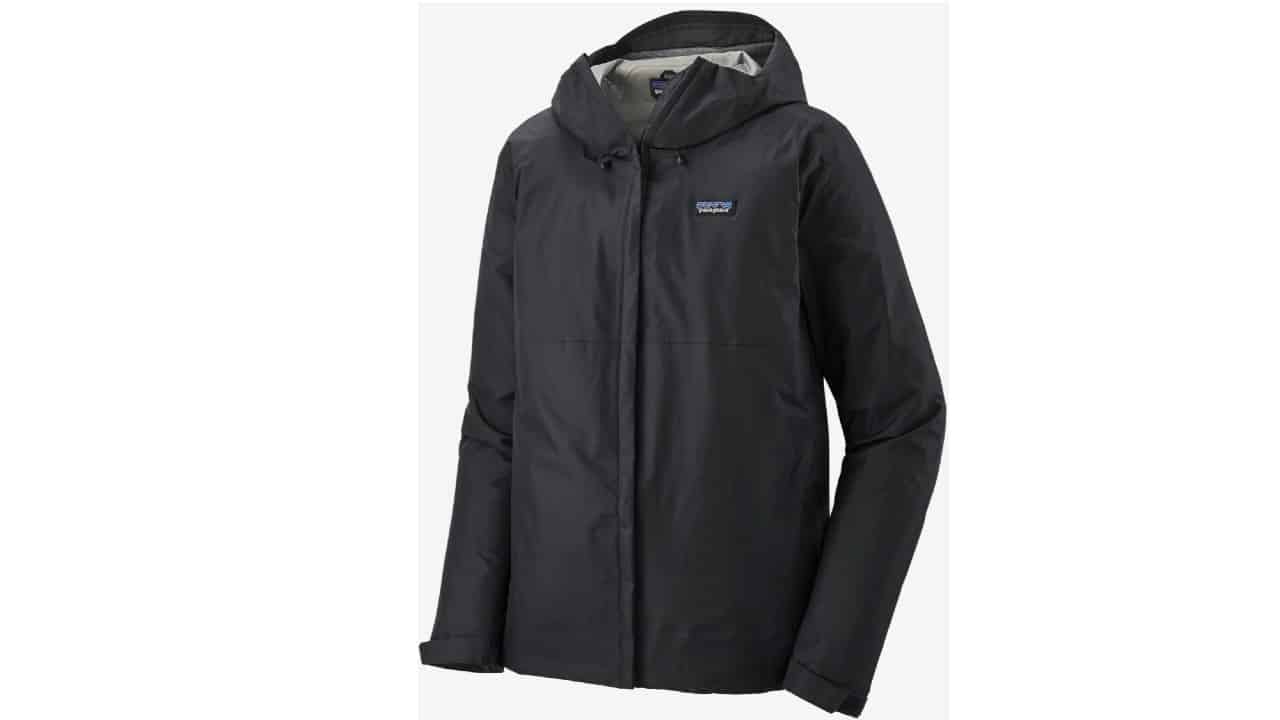
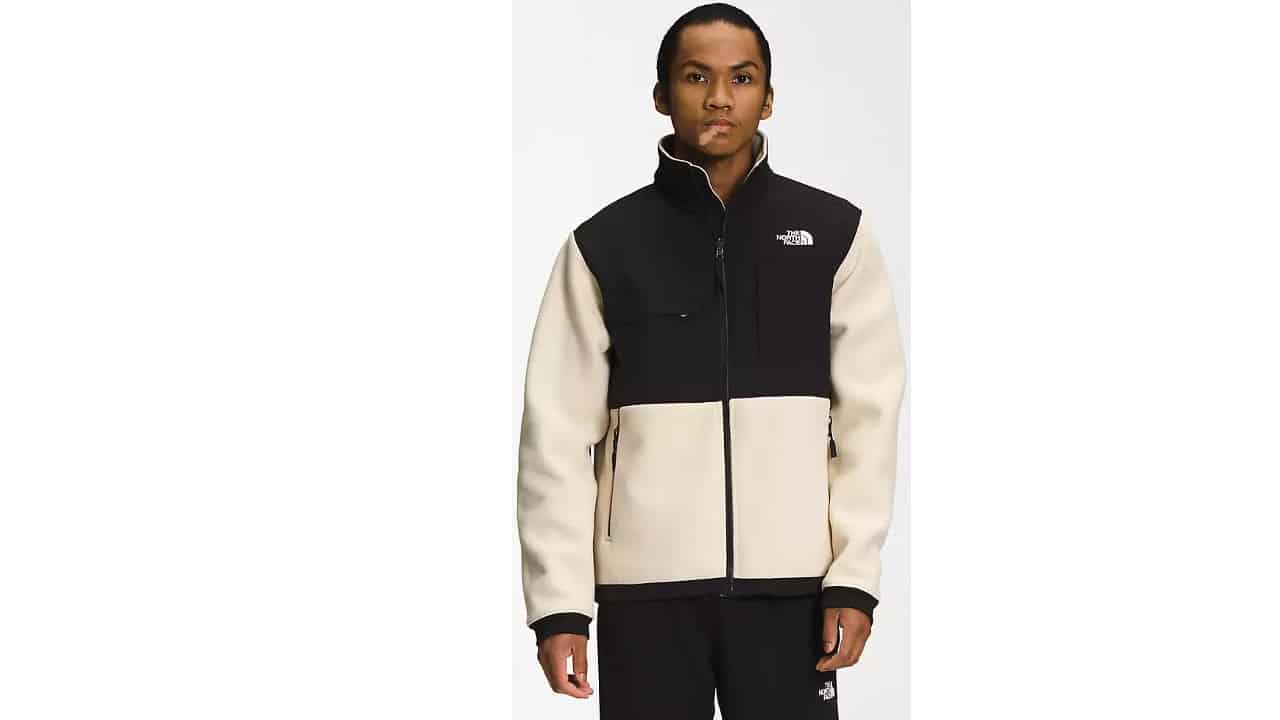
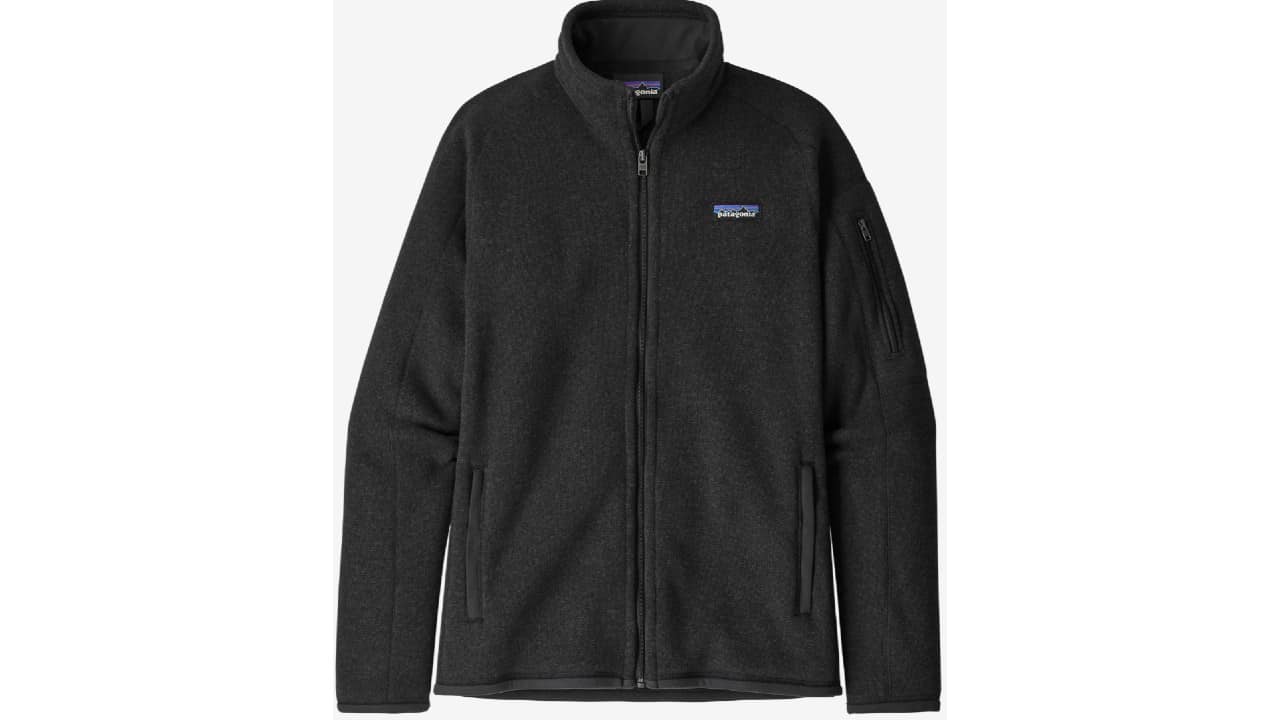
Well where is the mention of Hap Kloop, who actually built The North Face … as President and CEO and authored the book: Facing The North Face: An Advdnture of Leadership….that is the real story of how this business got started on The Scotch Principle…. check this out